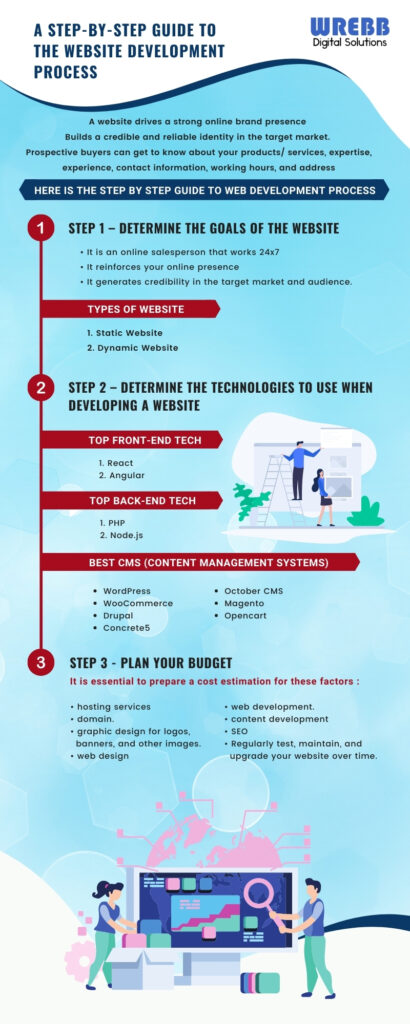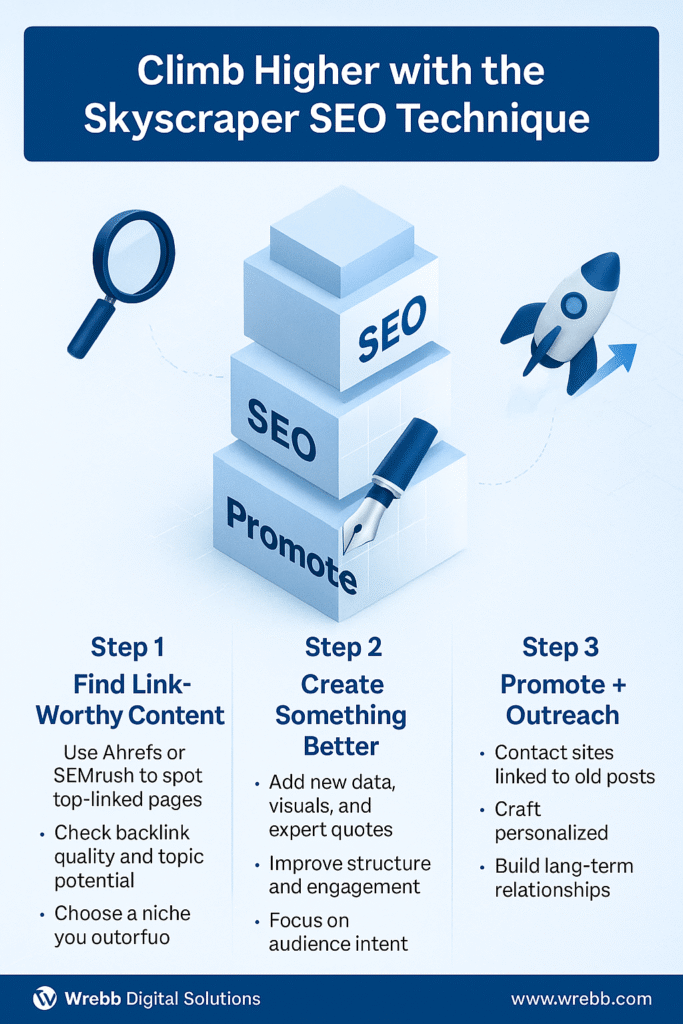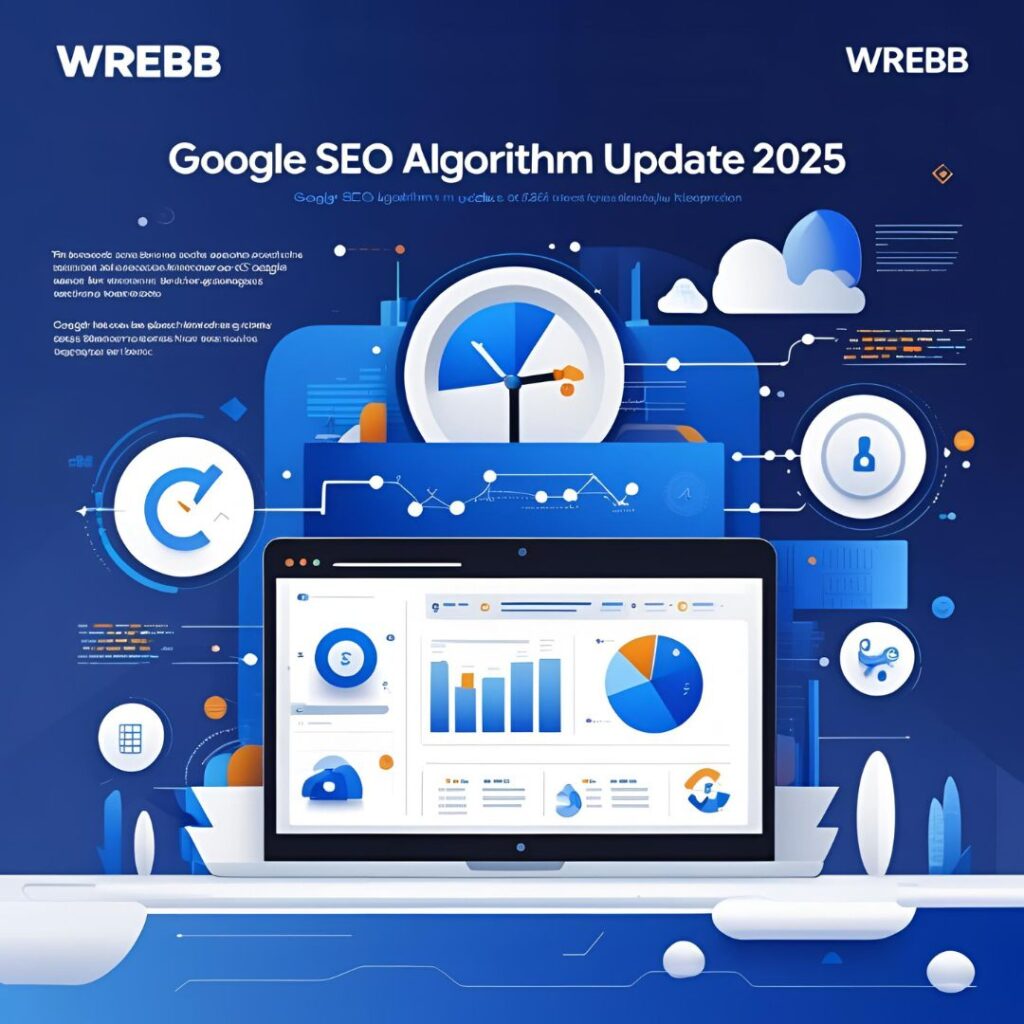A website drives a strong online brand presence. In addition, it helps your business build a credible and reliable identity in the target market.
Table of Contents
ToggleToday, there are many suppliers offering the same product/service like yours. How will a customer decide that your company is better than your competitors’? It is through a well-designed website. Consider these statistics:
- A Stanford research says that 75% of customers judge a company’s credibility based on its website
- Nearly 8 in 10 customers would stop engaging with content that doesn’t display well on their device.
Individuals and businesses now use the internet to grow market share by inducing potential customers through websites. It is your 24 x 7 salesman that engages with your online clients, customers, or prospective buyers. They can get to know about your products/ services, expertise, experience, contact information, working hours, and address.
Irrespective of the immense importance of a stellar website, we cannot deny one key fact. Website development isn’t everyone’s cup of tea. To develop a top-notch website, you need to be a web designer with specific qualifications and expertise in web development and designing. Or, you can outsource a company that offers web design services!
A professional web development company like Wrebb has a proven workflow that delivers immense efficacy in website development at affordable price points. Such professional companies follow a concrete website development process to drive this important USP.
Why does your business need a website?
Today the customer is armed with falling bandwidth costs and a smartphone. This has led to the rise of online businesses and marketplaces.
Let’s suppose you sell schoolbooks. Now, if a parent needs a textbook at 10 PM, she will see that your store is not open. She will either wait for opening hours of the next day, or go to a bookstore that is open 24 x 7. This can be a lost sales opportunity as the parent doesn’t have any way to get what she wants at such late hours.
Now imagine if you have an online bookstore. If the parent needs a textbook at 10 PM, all she needs to do is visit your website, select the book, pay online and get the order out for delivery, all without any human interaction at all!
This way, your website keeps your business accessible 24 x 7.
Right from obtaining information to eventual buying, a robust and secure website can handle all milestones of the online customer journey.
No wonder, it is the need of the hour for every brand to have a website that enforces its online presence and generates credibility in the target market and audience.
Different businesses may have different website requirements depending on the nature of the business and target market & audience. But the eventual goal of having a website for every business, regardless of target audience and market, is to enhance its reach and market share.

Types of websites
Most of the folks misunderstand the niches and relevant industry of the websites for the types. If you ask a website developer, they’ll tell you that there are only TWO significant types of websites, viz. STATIC and DYNAMIC websites. But what do they mean by a static or dynamic website? Let’s find out.
Static Website
The web pages and contents of a static website do not get frequent updates very often. Moreover, to update a web page or content on the website, you will have to manually modify the codes and then submit the page with updated codes on the server.
Developers typically use HTML, JavaScript, and CSS-like languages to develop a static website. You can develop static websites on smaller budgets and in less time. Besides, static websites load faster than dynamic websites.
Dynamic Website
A dynamic website gets frequent changes not by updating the page codes but also through the server. It means every time you reload a page on a dynamic website; you may find different elements on the page.
Developing a dynamic website requires languages like ASP.NET, PHP, Node.JS, JSP, etc. Such websites use CMS to update content frequently. Almost all sites created to engage with readers are a dynamic website.
Choosing one over another depends upon your personal preference and business needs. If you desire an excellent online presence with higher brand awareness, a static website will benefit you.
But, if your priorities are to generate leads for your business along with higher user engagement, a dynamic website is your best bet.
Understand the website development life cycle
The website development life cycle is a broad set of guidelines. They define the standard methodology to help you develop a target-oriented, highly functional and fast-working website.
The website development process varies per the needs and preferences of the target audience. Hence the procedure may vary slightly from one project to another. However, regardless of the procedure, there is a general set of guidelines that a website developer follows.
A website development process consists of planning, analyzing, designing, developing, testing, implementing, and maintaining the website. Let’s do a deep dive to understand these key steps of the website development process.
Steps involved in developing a website
1.Comprehend the target audience’s needs
After all, your business needs a website to advertise its USP in front of its existing and potential customers online. Therefore, understanding your target audience’s needs is a pivotal point in developing your business website.
Discuss your target audience’s characteristics and preferences with the web designing and development team you’ve hired. It will provide them with an overview of suitable technology, design, and framework for your business website to develop a customer-centric website.
Understanding your target audience’s expectations from your brand and your product/ service, and the USP you offer to your customers. These factors play an essential role in developing a customer-centric website. Hence, your site sees a growth in site traffic and conversion.
2.Develop a prototype first
A website prototype is the interactive dummy of the website developed based on the wireframe you created earlier. With a prototype, developers can test it for bugs and errors before launching the final finished product.
They use the prototypes to get the client’s feedback for the website’s appearance, UI/UX, navigation, functionality, and sitemap, from the user experience perspective.
It’s always cost effective to use an eraser on the drafting paper than using a hammer to bring down a constructed wall.
Don’t skip out on this step. Stakeholders will be impressed by a stat that every $1 invested in UX results in a return of $100. Plus 88% of users are less likely to return back to a site after a bad user experience.

3.Design the website
Once you have developed a prototype and tested it for bugs and errors, along with incorporating the client’s changes, it’s time to give the final finishing to the product.
The process is long and takes a lot of effort and time to understand the client’s target audience and expectations. You then have to determine and design the functions to incorporate in the website.
Plus, you need to ensure that the site design does not slow down the speed of the website. In fact 39% of people will stop engaging with a website if images won’t load or take too long to load
Delegate this crucial task to an expert web designer. He will blend the various elements needed to design a wholesome and engaging website for the target audience.
Here are some aspects that a web designer looks at while designing a website for your business –
-Ideation
The first step in designing a website is “Ideation”. It consists of creating vast innovative concepts for the website.
At a later stage, you can narrow down to the best website idea out of the many options. The best design triggers the targeted users’ psyche into using the website to fulfil the ultimate goal, i.e. lead generation.
-Visual Elements Incorporation
There are many visual elements that need to seamlessly deliver a rich user experience. Elements like the images, videos, font color and style are crucial. You also need to factor in empty spaces, buttons and menus
A designer will enhance your website’s user engagement by bringing these all together on the site without over cluttering it. After all, if the number of elements on a page increases from 400 to 6,000, conversion rates drop by 95%.
-Responsive design
You don’t know what devices and what browsers your target audience might be using. It becomes imperative for you to develop a website that can efficiently work across all the popular browsers and devices, irrespective of the operating system and screen size.
More than 79% of adults own a smartphone in the US in 2019. With a growing volume of purchase decisions happening on mobile instead of desktops, web designers cannot ignore the mobile users. No wonder that 72% of people want mobile-friendly websites.
4.Develop the website
Once you are done designing the elements for the website, your development phase commences. You will have to develop the web pages and connect these with the integrated server and database. This helps the web page elements to perform the intended functions.
The database stores, processes, and retrieves the data for your website. An integrated server enables the hardware on the user end. This is needed to fetch the data and perform the function initiated by the user.
Technologies to use in web development
Of all the technical elements of your website, the most important ones are the Front-End Frameworks, Back-End Frameworks, and CMS.
Modern web developers utilize these best-in-class technologies for designing and developing your website. This way your site is powered with features like fast loading speed, quick navigation, and multiple platform optimization.
Here are the top technologies to opt for in Front-End and Back-End framework development –
Top front-end tech
- React– React is an open-source library owned and managed by Facebook. You can use React to create dynamic web pages. It has dynamic HTML elements that you can utilize for the Front-End of your web pages.
- Angular– One of the most popular front-end frameworks that Google leads, can develop highly efficient single-page dynamic web pages. Angular interactively convert an HTML document into dynamic content.
Top back-end tech
- PHP– If you want to create a sturdy back-end, PHP is the best bet for your web applications. You can effectively use the PHP development services to run the most popular content management systems, including Joomla, WordPress, WooCommerce, etc.
- Node.js– Node.js, an open-source technology, is another prominent technology you can use to develop your website’s back-end. Developed on the V8 JS Chrome engine, this event-driven technology works on non-blocking I/O patterns.
Best CMS (Content Management Systems)
- WordPress– WordPress is a free, open-source content management system (CMS) with MySQL database and PHP codes that, in simple words, enables you to effortlessly create a business, e-commerce, blogging, and many more types of websites.
- WooCommerce– Based on the WordPress platform, WooCommerce is also an open-source content management system that allows you to develop an e-commerce website. You can set up a new online store within a couple of minutes by adding the WooCommerce plugin to your existing WordPress website.
- Drupal– The content authority, excellent performance, and reliable security features of Drupal make it a popular content management software for creating websites and many web applications.
- Concrete5– Concrete5 offers you to build and run a website, making it a top-rated CMS software amongst web designers and web developers worldwide. The platform allows you to make changes by simply clicking on what you want to change on your website.
- October CMS– October CMS is a Laravel framework-based content management software that uses PHP coding. The platform is a flexible and straightforward open-source technology and a favorite for millions of freelancers worldwide.
- Magento– Magento is a popular open-source e-commerce CMS technology that enables you to develop shopping websites with a cart system with perfect content functionality. The platform has a very high online marketing and SEO suitability.
- OpenCart– OpenCart is a reliable and professional open-source e-commerce platform that provides exceptional features to the merchants to develop and manage an e-commerce website.
5.Test your website
This is one of the crucial steps in website development process. Before you launch your website for the end-users, it is mandatory to carry out extensive testing.
You should test for the site’s functionality, usability, performance (speed), cross-browser and device compatibility, security, bugs, and errors.
After all, you won’t want to release a half-baked product that erodes your credibility online. Stringent and comprehensive testing helps you avoid such catastrophes.
6.Register domain name
The next step for your website process development is to register domain name. The domain or uniform resource locator (URL) is, technically, the address of your website on the internet that a visitor will be using to reach your website.
You can buy and register a domain name for your website from a hosting service provider such as GoDaddy, BlueHost, HostGator, Hostinger, Google Domains, etc.
7.Create Engaging Content
Once you’ve successfully designed and developed, you need a way to convey your marketing message and USP in a language that the readers can understand. This is where content creation comes in.
Make sure you stick to effective SEO tactics while creating content for your website. There is a reason for this rationale. SEO friendly content plays the most crucial part in improving your website’s rank on SERP and brings an abundance of user traffic to the website.
Add high search volume keywords in the content appropriately, i.e., refrain from keyword spamming and stuffing.
Additionally, you can also add visually appealing contents like images and videos to your web pages to get a hold of the visitor’s interest and improve the conversion rate.
8.Launch your website
The last step of your website development process is to launch your website. All you have to do next is transfer your website files on the web host servers. This way your website goes live and your targeted audience can access your website. Do a few final sanity checks like:
- Review all content and functionality to ensure everything is working correctly
- All elements like CTA buttons, lead generation forms, email list signups, comments, and social sharing help improve site visibility. Check one last time if these elements work well.
- Post launch you need to see what parts of the site are working well and which parts needs improvement. This can be done by plugging the site to Google Analytics.
- Optimize content for SEO
- Back up your site after all optimization and tweaks are done.
Final Verdict
Developing a fast-loading and engaging website that works across all kinds of devices and screen sizes has become crucial for businesses to entice, engage, and retain the target audience.
Your own website gives incredible momentum to your online revenues and gives you an unbeatable competitive advantage.
These website development process will ensure all critical points are taken care of when developing a superior quality website to give your brand the momentum it needs to succeed online.
Get on-board a team of professionals in website development to help obtain an unmatched competitive edge with a memorable web presence for your brand.



